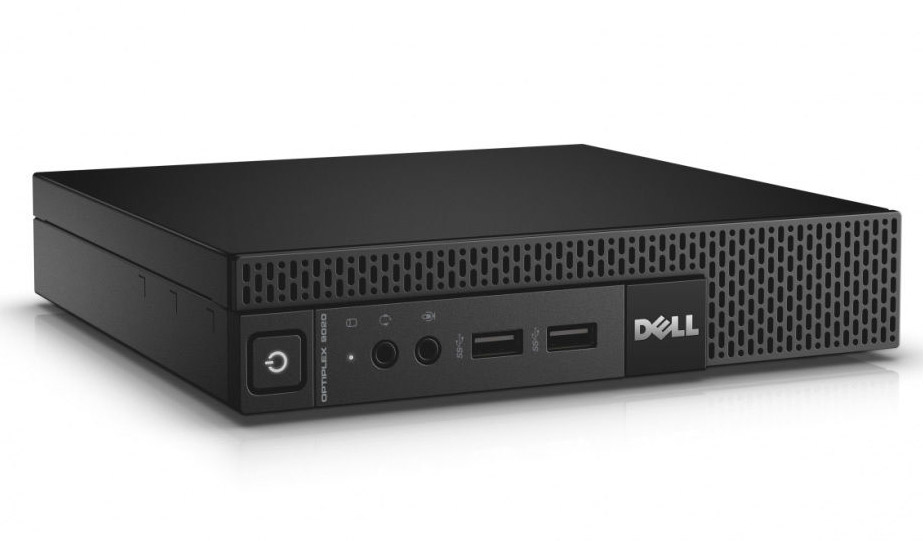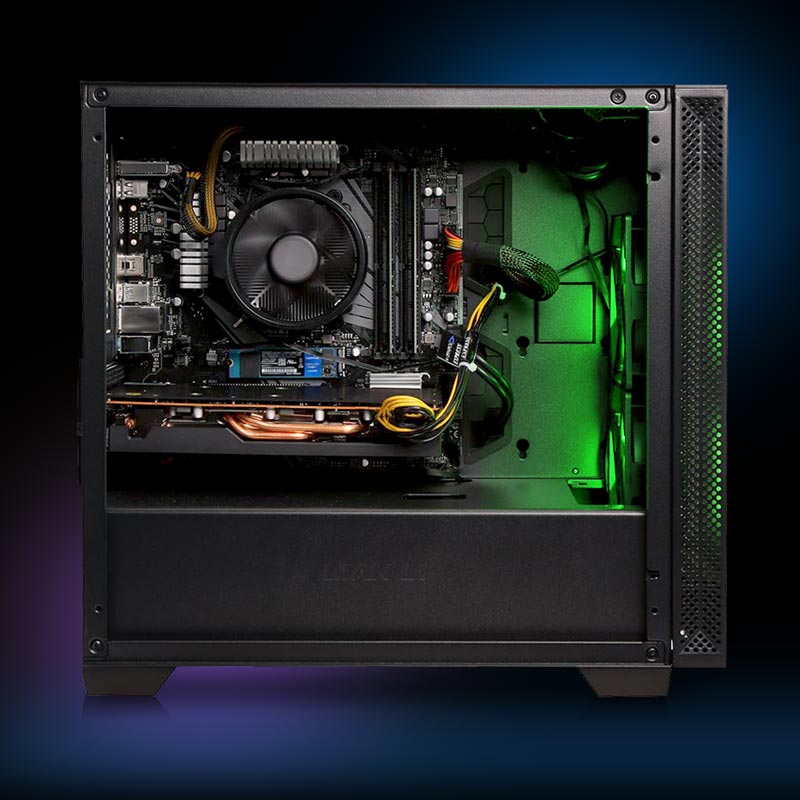
Filament sensor: IR sensor built-in, supports filament auto-loading.Print sheet profiles: Firmware supports print sheet profiles to store Live Z calibration data to enable quick switching between different print sheets.Mesh Bed Leveling: Advanced high-quality SuperPINDA sensor (Super Prusa INDuction Autoleveling sensor).Controller: EINSY RAMBo 8-bit board with Trinamic 2130 drivers (256 microstepping), co-developed with Ultimachine, sensorless homing for X and Y axes.Only defective sheets on arrival are covered by warranty. Cosmetic damage, including but not limited to scratches, dents, cracks, or other cosmetic damage is also not covered by the warranty. * Consumable parts, such as PEI sheets (smooth, textured, etc.) are not covered by warranty as the coatings are designed to diminish over time unless failure has occurred due to a defect in materials or workmanship. Removable magnetic steel sheets(*) with different surface finishes, heatbed with cold corners compensationħ kg, 50×55×40 cm 19.6×21.6×15.7 in (X×Y×Z) Wide range of thermoplastics, including PLA, PETG, ASA, ABS, PC (Polycarbonate), CPE, PVA/BVOH, PVB, HIPS, PP (Polypropylene), Flex, nGen, Nylon, Carbon filled, Woodfill and other filled materials.ĭirect Drive, Bondtech gears, E3D V6 hotend A cable that only transfers data in one direction (from the monitor to the Raspberry Pi).0.4mm default, wide range of other diameters/nozzles supported I need an USB-A to USB-C OTG cable, essentially. What's wrong here? As far as I know, there are no "reverse" USB-C OTG cables/adapters. If I connect my phone to the monitor with a USB-C to USB-C cable, it charges my phone, it receives a video signal from my phone, and it transfers touch from the screen to the phone. Even weirder, when I disconnect the data, the screen goes black for a few seconds and the speaker makes a pop sound (like it's trying to power the monitor from the Raspberry Pi).

However, when I try to connect my Raspberry Pi 4 by using an USB-A to USB-C cable, the touch does not work.

On my Raspberry Pi Zero W I use an USB Micro-B to USB-A female OTG cable to connect to the USB-C Data port on the monitor, then I connect HDMI between the two devices, and finally power to the monitor.


USB-C Data (for touch + video) - Thunderbolt and USB 3.1 supported.I have a touch screen monitor with the following ports:


 0 kommentar(er)
0 kommentar(er)
